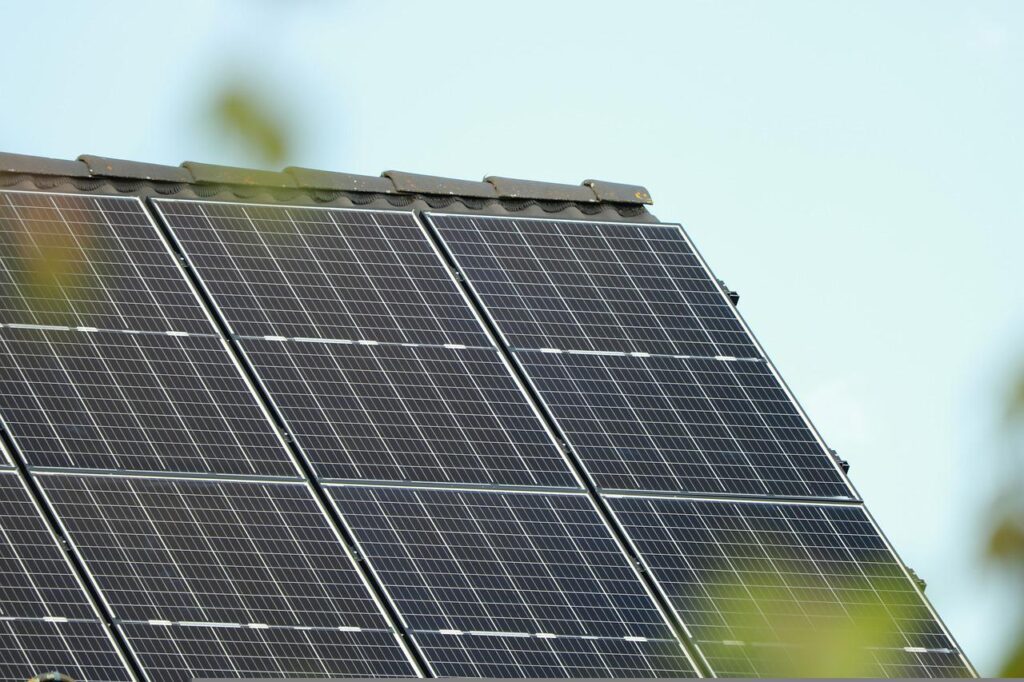The output power of solar panel components can vary significantly depending on various factors, including the type of solar panel, its size, efficiency, and environmental conditions.
- Solar Cells: Solar cells are the basic building blocks of solar panels. Their output power typically ranges from about 1 to 5 watts per cell. Monocrystalline and polycrystalline solar cells are common types, with monocrystalline cells generally being more efficient and capable of producing higher power per unit area.
- Solar Panels (Modules): Solar panels are made up of multiple solar cells interconnected in a specific configuration. The power output of a solar panel is usually expressed in watts-peak (Wp) or kilowatts-peak (kWp).
- Solar Arrays: Solar arrays are composed of multiple solar panels connected together. The power output of a solar array depends on the number of panels and their individual power ratings. Residential solar arrays typically have power ratings ranging from several kilowatts (kW) to around 10 kW or more.
- Inverters: Inverters are used in solar power systems to convert the direct current (DC) generated by the solar panels into alternating current (AC) for use in homes or businesses. Inverters come in various power ratings, ranging from a few hundred watts for small residential systems to several megawatts for large commercial or utility-scale installations.
- Batteries: In solar power systems with energy storage, batteries are used to store excess energy generated by the solar panels. Battery capacity is typically measured in kilowatt-hours (kWh) and varies depending on the size and type of the battery used. Common residential battery storage systems have capacities in the range of 5 kWh to 20 kWh or more.
It’s important to note that the power output of solar components can be affected by factors such as shading, temperature, and the angle and orientation of the solar panels. The “nameplate” or rated power output is typically based on standard test conditions (STC) of around 1,000 watts per square meter of irradiance, a cell temperature of 25°C, and an air mass of 1.5. Actual power output in real-world conditions may be lower than the rated power.


